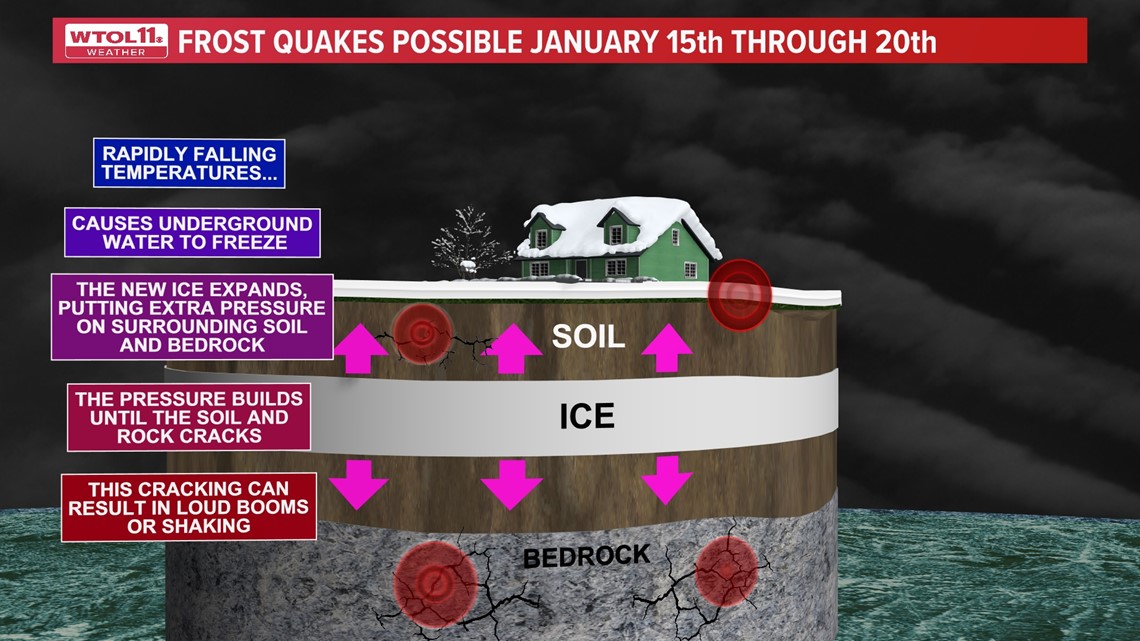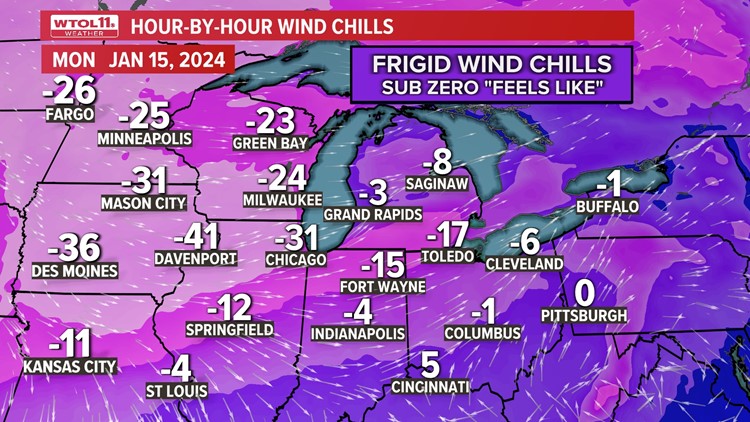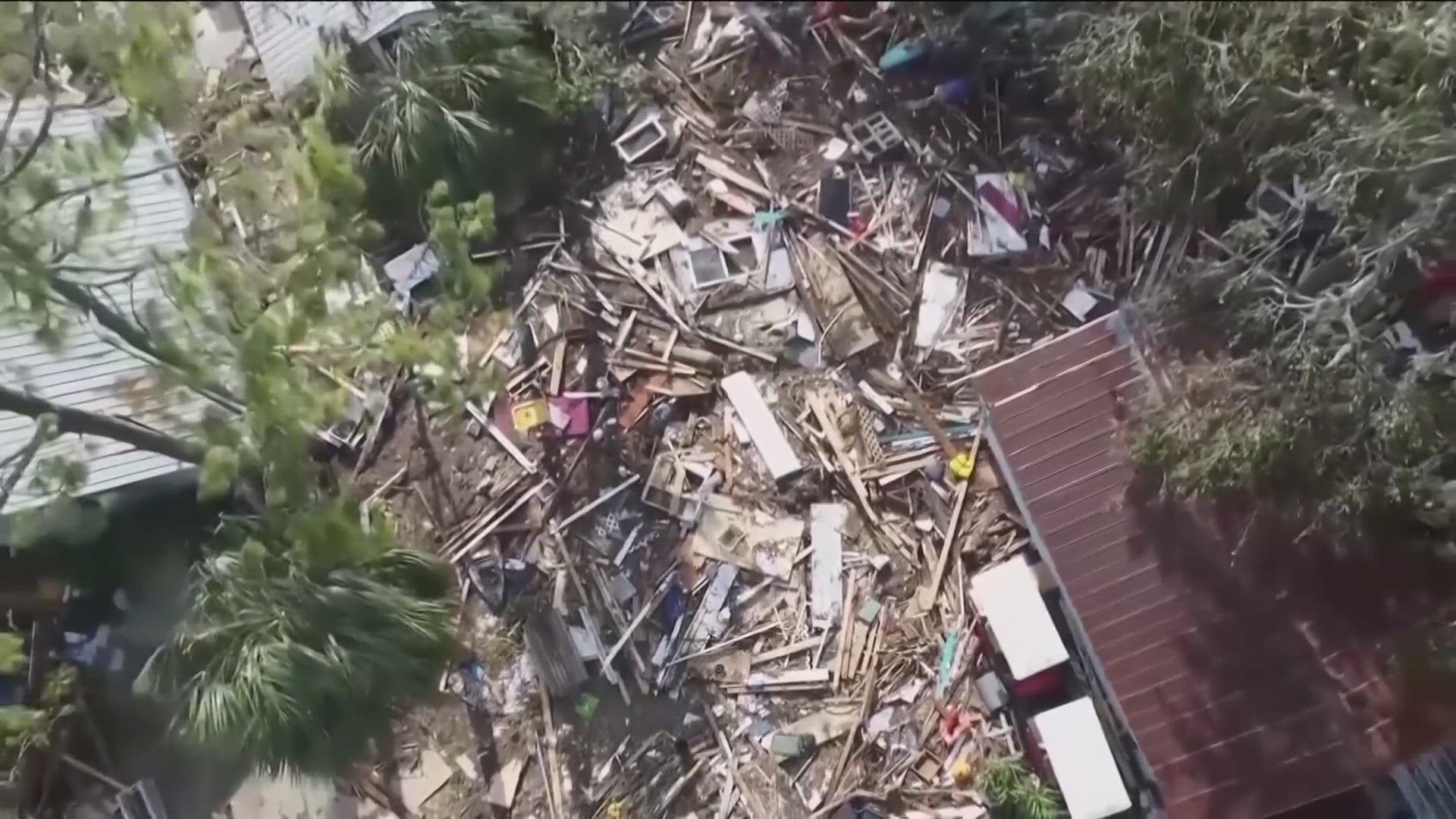TOLEDO, Ohio — Harsh wintry weather has finally returned to northwest Ohio and southeastern Michigan. It’s mid-January and we're all familiar with the drill: snow, wind, harsh cold and bitter wind chills.
But what’s next? How about a phenomenon called “frost quakes?”
The official term for the event is cryoseism, which is classified as a seismic event caused by the sudden cracking or fracturing of frozen soil and rock that has been saturated by water and then rapidly frozen in a shallow layer beneath the Earth’s surface.
The stress created by the freezing and expansion of the soil and rock under extremely cold conditions can ultimately rupture and create a loud booming or cracking noise.
These cryoseisms can be loud and alarming but are not dangerous or hazardous.
According to the WTOL 11 Weather team, conditions are highly favorable for frost quakes to develop in the week ahead as we head into the deep freeze of mid-January. The recent heavier precipitation on Jan. 9 with over one inch of rainfall soaking the unfrozen ground and additional heavier rains permeating the ground on Jan. 12 have allowed ground water to swell deeper within the unfrozen ground.


With temperatures expected to plunge into the week ahead, overnight lows will drop to near or below zero degrees for several nights and daytime highs will only be in the teens.
This will present the opportunity for a rapid freeze deep below the surface of the ground. This rupture of the soil, rock and ice is a release of the built-up energy created by the expansion during the process of water freezing.
Frost quakes will be most commonly heard at night or early in the morning when temperatures are the coldest and the outdoor environment tends to be the quietest. The lack of significant snow cover on the ground also creates more favorable conditions for the possibility of these frost quakes.
Temperatures are expected to plummet to near or below zero degrees for several days in the week ahead, bringing the harshest cold we’ve felt this winter season.



